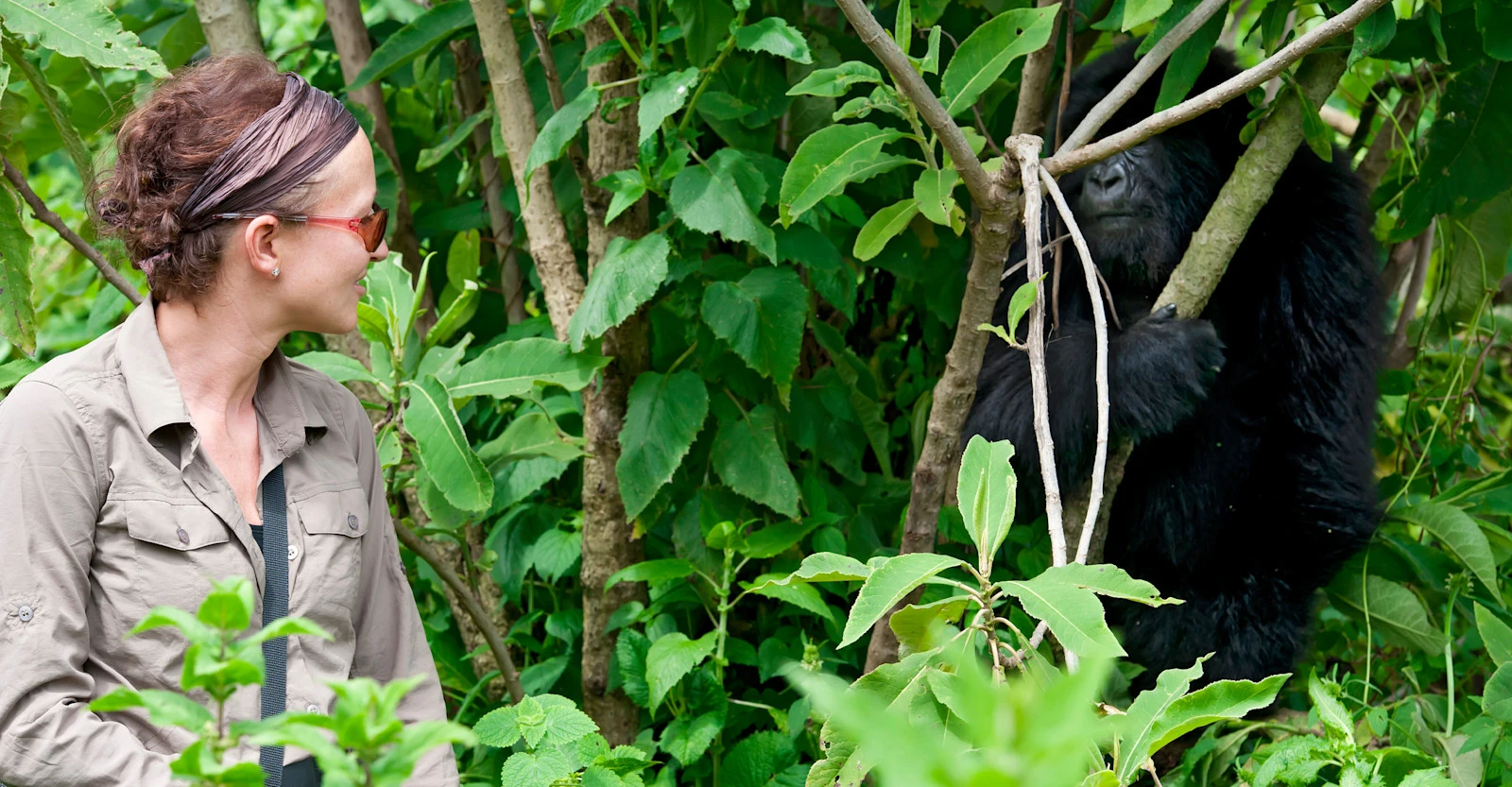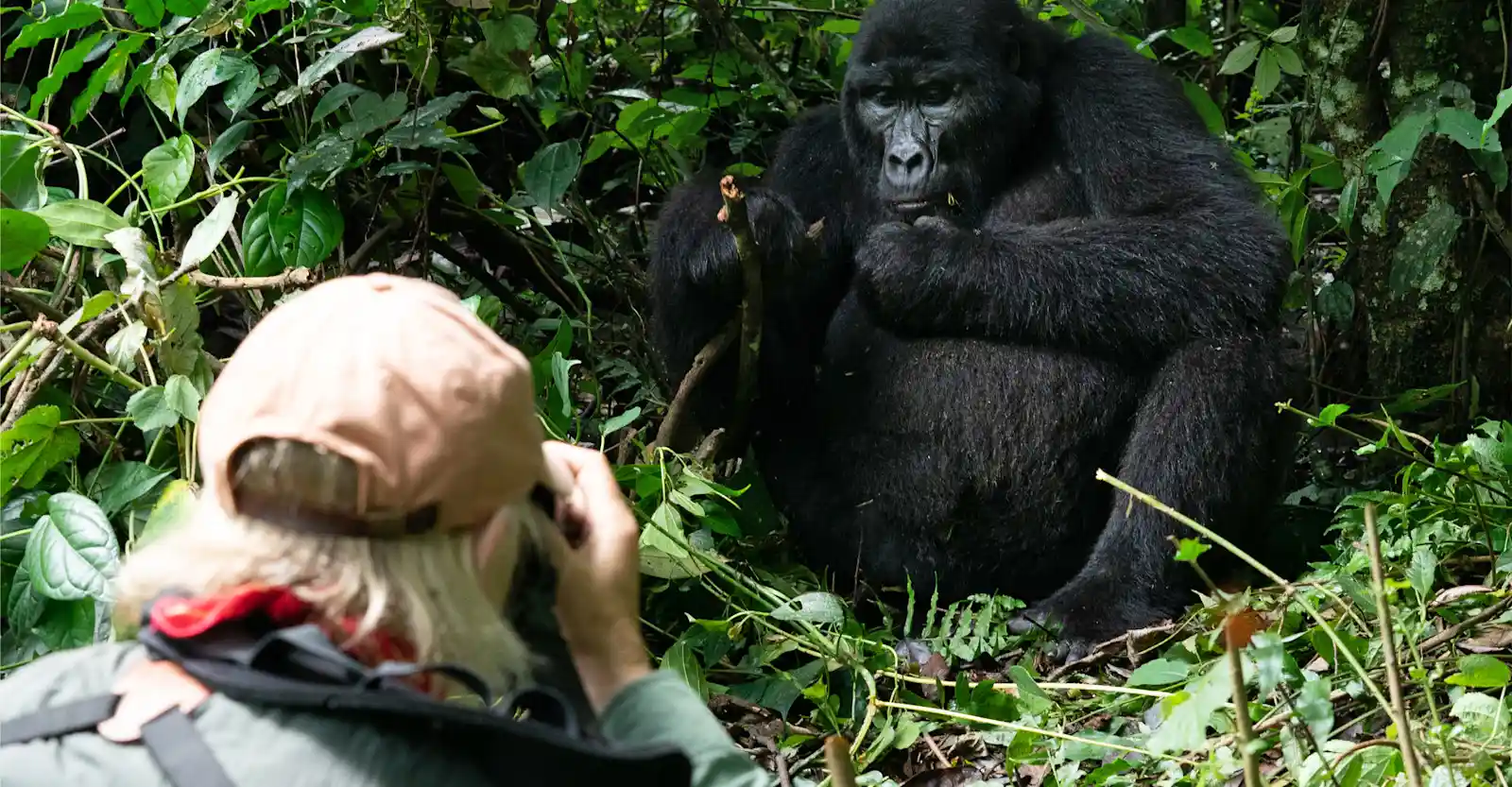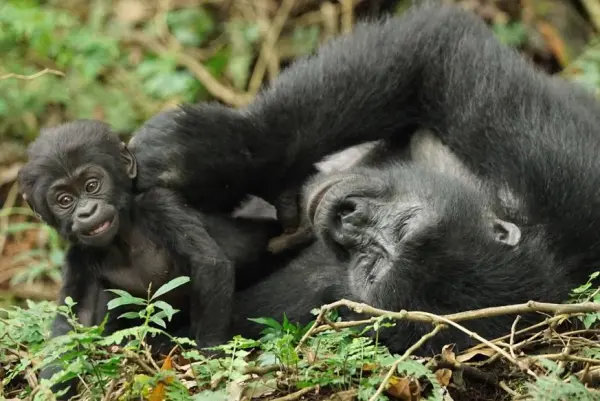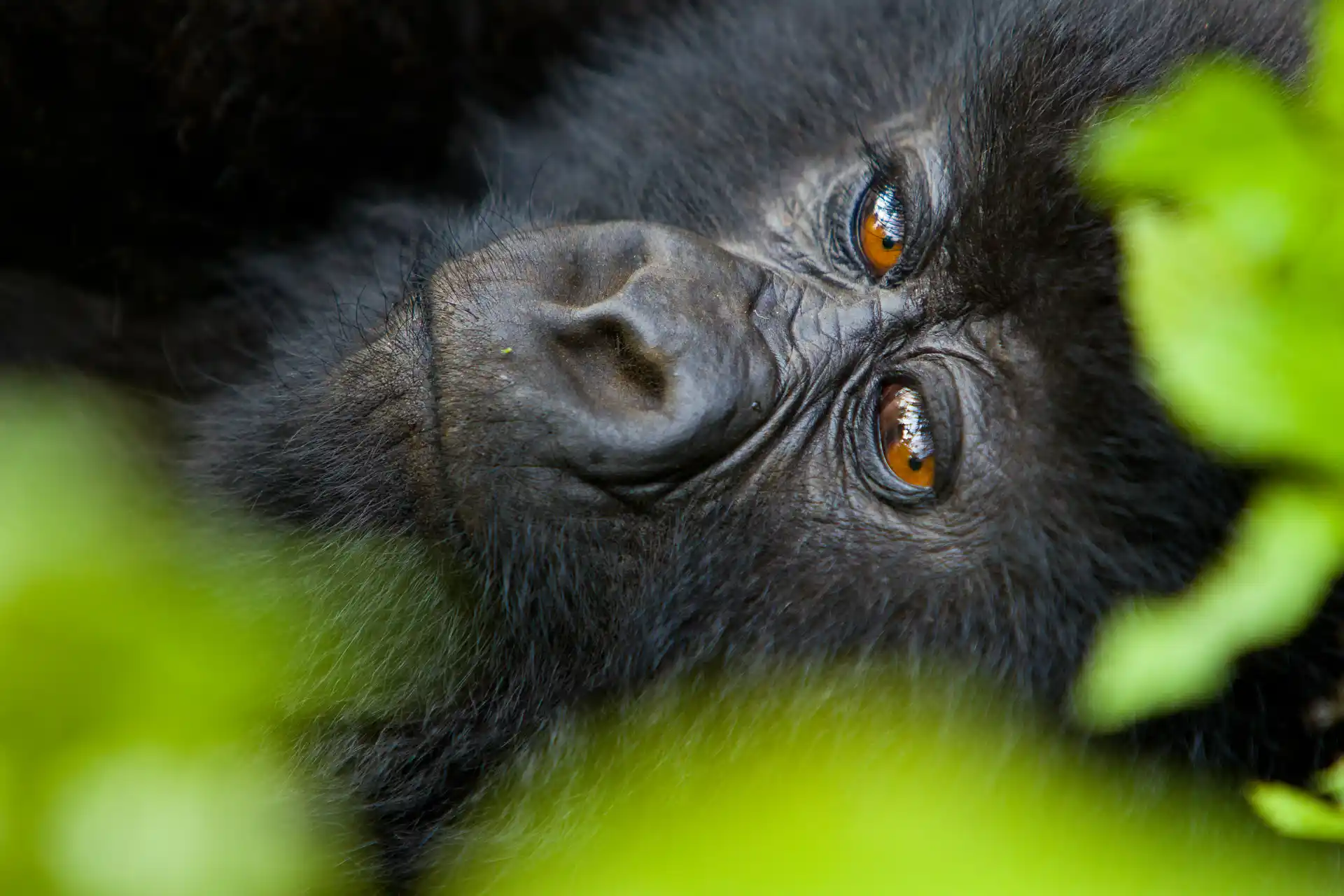- CONTACT US
- info@oruganosafaris.com
- +256-701-230-309
Planning a gorilla safari? Getting your gorilla trekking packing list right is key to staying comfortable, safe, and ready for the incredible adventure ahead. Gorilla trekking means hiking through muddy trails, thick jungle, and often rainy weather — so you need clothes and gear that keep you dry, comfortable, and safe. Wondering what to wear, what shoes to bring, or what else you’ll need? This easy-to-follow gorilla trekking packing list has you covered. Get ready to enjoy every moment of your amazing journey!
Packing the right clothes is one of the most important parts of preparing for your gorilla trek. You’ll be hiking through thick jungle in mountainious areas, sometimes off the trail, and in all kinds of weather. Here’s what to wear for gorilla trekking—and why it matters.

Pack light, breathable clothes in natural colours like green, brown, or beige. These help you blend into the forest and avoid attracting insects. Quick-drying fabrics are best, especially after a rainy trek or a sweaty climb.
Bring:
Tip: In Rwanda and Uganda, there’s no strict dress code, but women are encouraged to dress modestly in towns and cities.
You might be tempted to wear shorts—but don’t! Along the trail, there are stinging nettles and biting insects. You’ll often walk through thick undergrowth, so long trousers and long sleeves will protect your skin.
If possible, choose hiking boots that you’ve already worn before—not new ones. You want shoes that are:
The trails can be muddy and steep, so sturdy footwear is a must.
Protect your ankles from safari ants, bugs, and prickly plants by wearing:
They may not win any fashion awards, but your feet will thank you.
The rainforest is called that for a reason—it rains often, and sometimes without warning.
If you have a good raincoat that keeps you dry, bring it! A lightweight, waterproof jacket with a hood is best.
You’ll often push aside branches and brush as you walk. A pair of strong gardening gloves can:
You won’t want anything blocking your view during that special hour with the gorillas. Keep your hair tied back—your hair might get frizzy, but your heart will be full.

Even in the rainy season, the sun can be strong. A wide-brimmed hat will:
It’s a small thing that makes a big difference.
Choose sunglasses with UV protection or polarised lenses—not just stylish ones. They’ll help protect your eyes in bright sunlight or open areas on the trail.
Eyewear Tips: If you wear glasses, be aware: they can fog up in the humid jungle. If possible, wear contact lenses during the trek—it’ll give you a clearer view of the gorillas.
To protect the gorillas (and yourself), you’ll need to wear a face mask when you’re near them. Pack a comfortable, breathable one.
Once you have packed the right clothes, don’t forget a few extra essentials that can make your gorilla trek safer, easier, and more enjoyable.

You’ll definitely want to capture this once-in-a-lifetime moment! But keep in mind:
Pro tip: Turn off the flash—it’s not allowed when photographing gorillas.
You’ll need a small, comfortable backpack to carry your essentials—water, snacks, camera, and rain jacket. Look for one that’s water-resistant or use a rain cover or dry bag inside to protect your electronics.
The trail can be steep, muddy, and uneven in places. A walking stick helps with:
Good to know: Complimentary walking sticks and trekking poles are available at the start of your trek, but if you prefer something lightweight or foldable, feel free to bring your own.
Tipping is optional but appreciated. After your trek, you might want to thank your guide or porter with a small tip.
Trekking through the mountain rainforest where gorillas live is tiring! You’ll need to stay hydrated and keep your energy up.
This is especially useful if you have dietary needs or a favorite go-to snack.
To have a safe and enjoyable trek, keep these health and safety tips in mind:
When packing, it’s just as important to know what to leave behind. Here are a few things you don’t need:
Here’s a simple summary to help you double-check your bag:

A: Pack lightweight, quick-dry clothes, waterproof jacket, sturdy hiking boots, gloves, gaiters, a sun hat, a mid-size camera, and a face mask for the gorilla viewing.
A: Yes, wear comfortable, waterproof hiking shoes or boots with good ankle support to handle muddy, uneven trails.
A: Yes, bring a camera with a mid-range zoom lens and a cloth to clean the lens. Flash photography is not allowed.
A: No, shorts are not recommended due to stinging nettles and thick vegetation on the trails. Long trousers are best.
A: The best time is during the dry seasons—June to September and December to February—when trails are less muddy and easier to hike.
A: Yes, you need a permit issued by park authorities, which must be booked in advance through an official tour operator. Read more about gorilla permits.

Gorilla trekking is more than just a hike—it’s a powerful, emotional, once-in-a-lifetime experience. With the right clothing, gear, and attitude, you’ll be ready to enjoy every second of your time in the forest. This gorilla trekking packing list will help you stay dry, comfortable, and focused on what truly matters: that magical moment when you lock eyes with a wild gorilla. Happy trekking—and don’t forget to take it all in!
Bwindi Impenetrable Forest Nkuringo Sector- Uganda
+256-701-230-309
info@oruganosafaris.com